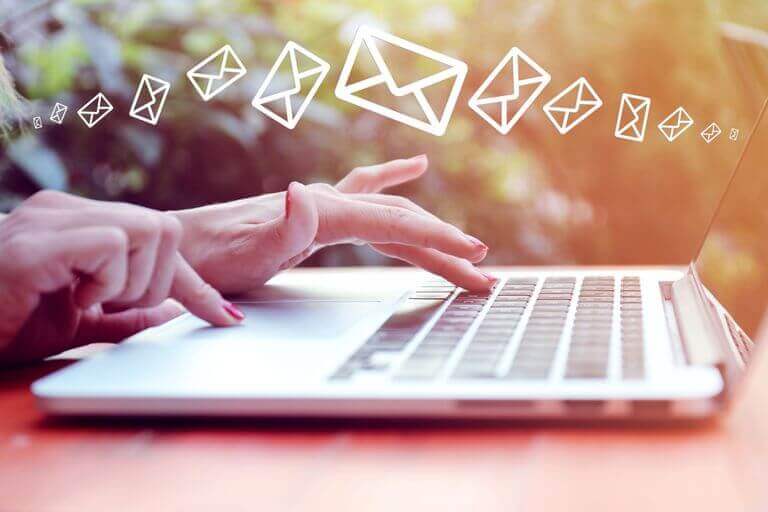
You probably didn’t post to TikTok today, but how many times have you checked your email?
NB: This is an article from Screenpilot
In digital marketing, despite an unending stream of hip new digital channels, technologies and communication platforms, it’s good-old-fashioned email communication that enjoys mass adoption, boasts superior ROI, and offers the powerful versatility of targeting, segmentation and personalization.
While the modern booking process often ably captures a hotel guest’s email address, it’s not a given. Online travel agencies (OTAs) and other third-party booking platforms, weary of competition, sometimes deny hotel teams such contact info.
Acquiring that address, however, is an essential step in establishing a productive, long-term relationship.
Here are six ways to capture those valuable email addresses and nurture a digital relationship with your guests:
1. Ask for Email at Check In
Travelers are accustomed to submitting personal information at check-in, especially if they booked through an OTA or other third-party. Have your team ask for an email address as the same time they ask for credit card info and identification.
When you make asking for an email a smooth and routine part of check-in, guests won’t bat an eye as they help you round out their CRM entry and make themselves available for email communication. This also offers an opportunity to help guests sign up for your brand’s loyalty program.
2. Establish Email Communication as Part of Service
The moment that you capture that email address, it’s time to start building your email relationship. When email becomes a natural part of the guest experience, guests become more open to receiving helpful and interactive emails from your hotel in the future.
A good best practice is to send your guest’s emails in the first 12 to 24 hours.
It should be simple and warm, possibly with a list of helpful first-night information, such as restaurant hours, links to your social channels, a link to your website’s FAQ page. With this welcome email, you establish them medium as a way guests interact not just with the hotel marketing team, but with their own personal hotel experience.
3. Provide Real-Time Offers and Opportunities During the Stay
Promote at least one discount, coupon or other tempting opportunity via email during every guest’s stay. Perhaps dining is discounted if they book an online table reservation, or visit one of the outlets during low-traffic hours. Invite guests who check-in as a couple explore the spa, or discount room service sweets after 10 p.m., something they can take advantage of the very night they check in.
Get your guests used to the idea of checking emails for time-sensitive opportunities, and consider disseminating multiple emails and offers for guests enjoying an extended stay.
4. Send a ‘Thank You’ Email the Morning of Check Out
However long your guests stay, be sure to wish them safe travels on the morning of their check-out, and thank them for their patronage. Remind them where they can get coffee before they depart, or remind them where they can get a bite to eat before they head out.
It’s also an opportunity to invite travelers to think of you again in the future, and highlight the rewards that loyalty members have earned during their stay.
5. Send a ‘We Miss You Already’ Email to Guests After Checkout
Within 12 to 24 hours after departure, send other emails, again echoing how you value them as gests and inviting them to book direct for any future needs. Consider including a time-sensitive discount or offer an amenity with their future booking.
This is yet another opportunity to reinforce the idea that your email relationship isn’t over just because they’ve gone.
6. Nurture the Relationship with Strong, Between-Stay Campaigns
Draft and brand all future emails with the same feel and format as those sent during their stay. Keep your former guests abreast of promotional rates, packages, and seasonal experiences they might enjoy.
The groundwork laid by your in-stay email initiative quick becomes a springboard to nurture a long-term email relationship, and influence travelers to choose your property again when the opportunity arises.




